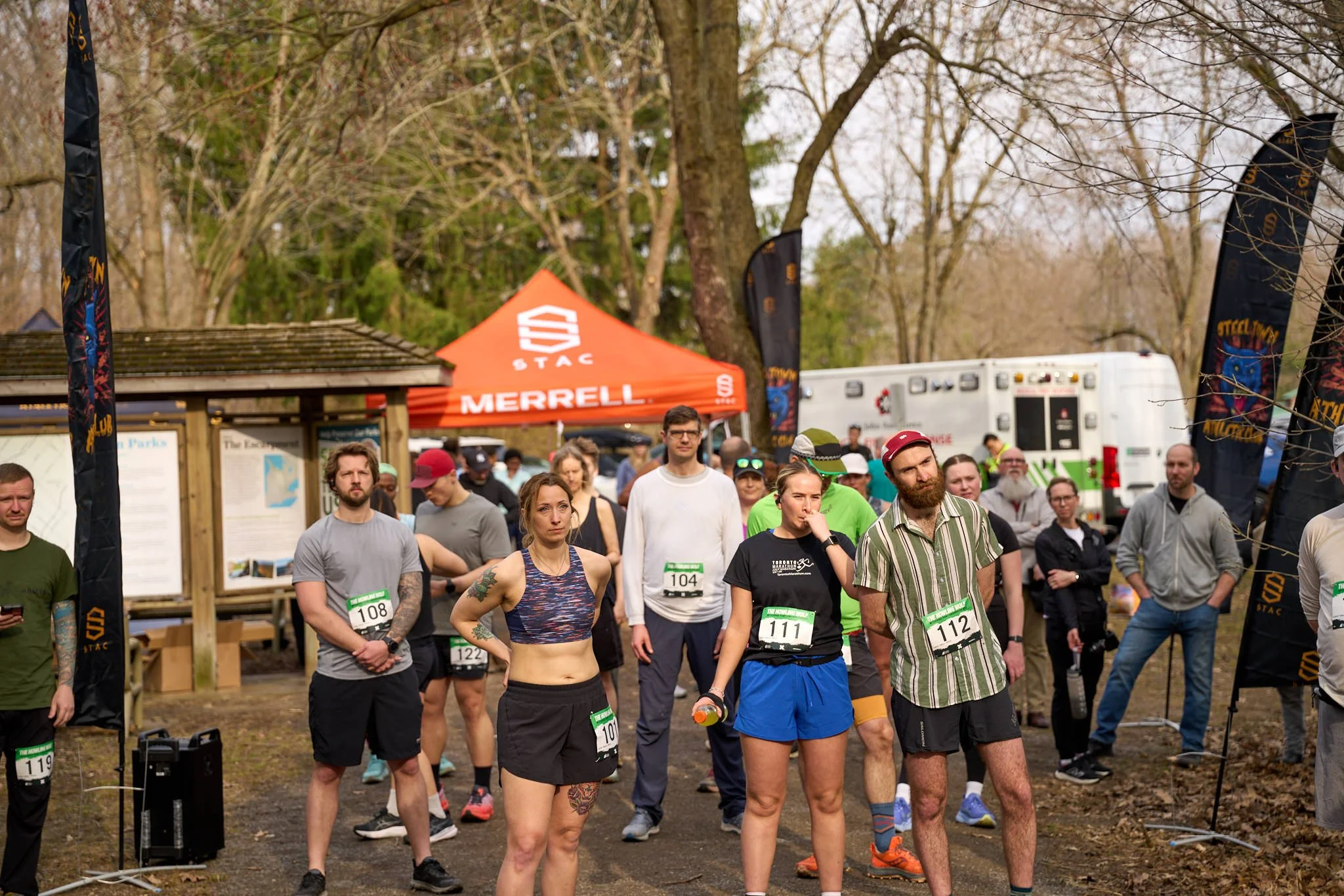Howling Wolf 2025: Kicking Off the STAC Trail Series with Community and Grit
The first race of the STAC Trail Series — the Howling Wolf — is officially in the books, and what a day it was! The Movement Physio & Performance was thrilled to support the event by running one of the aid stations, bringing both energy and fuel to the trails as runners tackled the challenging course through Rattlesnake Point Conservation Area.
Setting the Scene
The day started bright and early with a blue sky and spring temperatures hovering around 17–18°C — perfect trail racing conditions. We got the start line prepped and the aid station stocked with all the essentials: bananas, pickles, Sour Patch Kids, chips, electrolytes, and plenty of water. Of course, there were also pickle shots and fizzy drinks to celebrate with post-race.
The Race Experience
This year’s Howling Wolf offered four distances: a 1km kids race, 5K, 10K, and a challenging 21K half-marathon. Each route took runners through a stunning section of the Bruce Trail, including both main and side trails. The opening kilometers were smooth and fast, with long downhill stretches — but don’t let that fool you. The second half of the race turned technical and tough, full of rocky climbs, rooty trails, and elevation that tested every runner’s grit.







Community, Camaraderie, and Cheers
One of our favorite parts of the day? Watching every runner come through the finish line — from the kids cruising through their 1K to the 21K warriors grinding up the final climb. The vibe was high, the community strong, and the energy electric. Shoutout to everyone who crushed their race and kept pushing when the trails got tough!
A huge thank you to Vince and Martin and the entire STAC crew for organizing such an incredible event. From STAC Basketball and STAC Track to the trail series, they continue to bring high-quality community events to Hamilton, and we’re always pumped to support them.
Until next time — Stay on the move and do your Pickle Shots

